How to Calculate Discount Percentage?
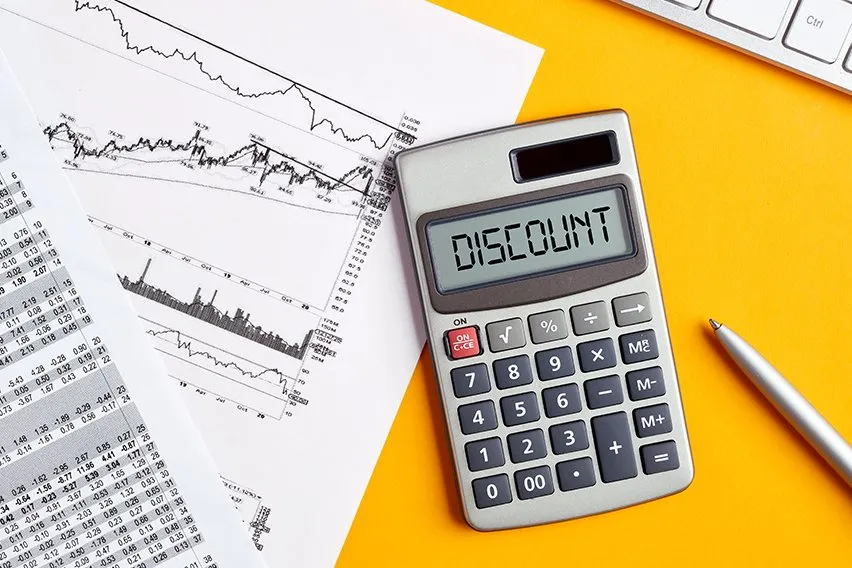
Calculating discount percentages for yourself makes you a savvy consumer and a better business owner. Here is the discount formula you need.
Discounts are a common way for businesses to draw attention. But you’ll only really know if you’re getting a good deal if you can calculate them yourself. There are plenty of fake discounts out there so this formula will help you to avoid them.
Here’s What We’ll Cover:
How to Calculate Discount Percentage
How to Calculate Discount Prices
How to Calculate Discount Percentage
Here is the formula to calculate any percentage discount:
Discount percentage = (Original price – new price) / (original price * 100)
Step 1: Find the original price and new price
Step 2: Subtract the new price from the original price
Step 3: Divide the calculated subtracted price by the original price
Step 4: Multiply this value by 100 to get the discount rate

Example 1
Let’s say you have a product that is $245. The discounted price is $225.
245 – 225 = 20
20/245 = 0.0816
0.0816 * 100 = 8.16 %
The rate of discount is 8.16%.
Example 2
Let’s say the same product decreases further. The current cost is now $195
245 – 195 = 50
50/245 = 0.204
0.204 * 100 = 20.4%
The percentage discount is 20.4%
How to Calculate Discount Prices
Here is the formula to calculate the discounted price if you don’t have it:
Discount price = Original price – ((original price * discount) / 100)
Step 1: Find the original price and discount percentage
Step 2: Convert the discount percentage into decimal form. You can do this by dividing the number by 100. Or you can simply move the decimal point two spaces left. This will give you the basic decimal representation for any percentage.
Step 3: Multiply the original price by the decimal number you have. This will tell you the savings you’re making.
Step 4: Finally, subtract the value from step 3 from the original price, You’ll then arrive at the discounted price.
Example 1
The price before the discount is $245. It has an 8% discount.
8.16% = 0.08
245 * 0.0816 = 20
245 – 20 = 225
Example 2
The product cost $245 originally. It has a percent discount of 20%.
20% = 0.20
245 * 0.20 = 49
245 – 49 = 196
What Are Fake Discounts?
Fake discounts appear to be giving you a saving but are ultimately misleading. The discount factor makes consumers purchase more. So of course having perpetual endless clearance sales are attractive to buyers. Most of the time, it’s because of pre-sale markup. Pre-sale markup is often wildly exaggerated so that the discount price is attractive. That means that the discount price is the actual cost. The RRP is the marked-up price.
Sometimes fake discounts relate to a discount that doesn’t match up to the advertised percentage reduction. This is why it’s important to work it out for yourself using the formulas above.

So how do you spot them?
- If it looks too good to be true, it probably isEver seen those furniture “sales” with 99% off deals? Either those discounts are coming from a marked-up pre-sale price. Or you’re unlikely to find any actual products in the store that give you the full 99% discount rate. Use the formulas above to calculate the discount factor on any sale item before you purchase it,
- Check the price on multiple websitesMany retailers offer different prices depending on the marketplace. Shop around and you may get a better deal on the product elsewhere. You may even find that the “discount” price is listed as the regular price on other retailer sites.
- Check the price history on the itemIf you’re buying online, you can use certain sites to see the history of a product. You can then double-check that you’re actually getting a discount and not the regular price. An example is CamelCamelCamel which tracks Amazon price changes. Other notable mentions are PriceRunner and PriceSpy. Both are UK based price comparison sites. You’ll learn the exact sale price by comparing across platforms.
Key Takeaways
We hope the discount factor formula we gave was helpful!
If you want more accounting guides like this one, check out our resource hub.
RELATED ARTICLES

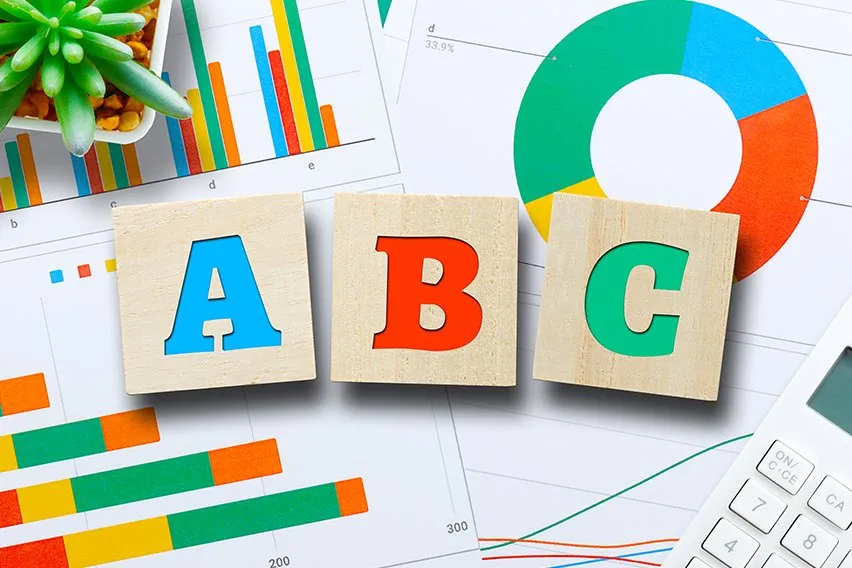 What Is ABC Analysis & Its Importance in Inventory Management
What Is ABC Analysis & Its Importance in Inventory Management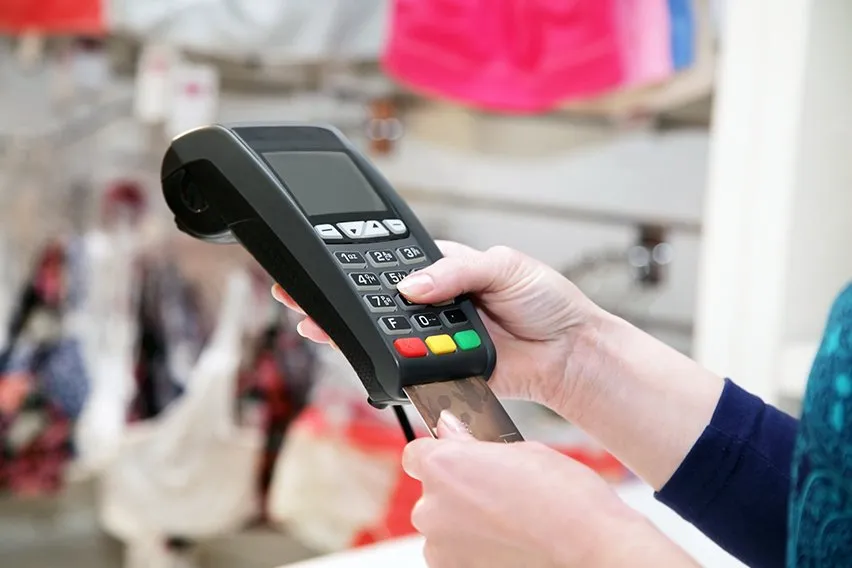 What Is EPOS System & How Do They Work?
What Is EPOS System & How Do They Work?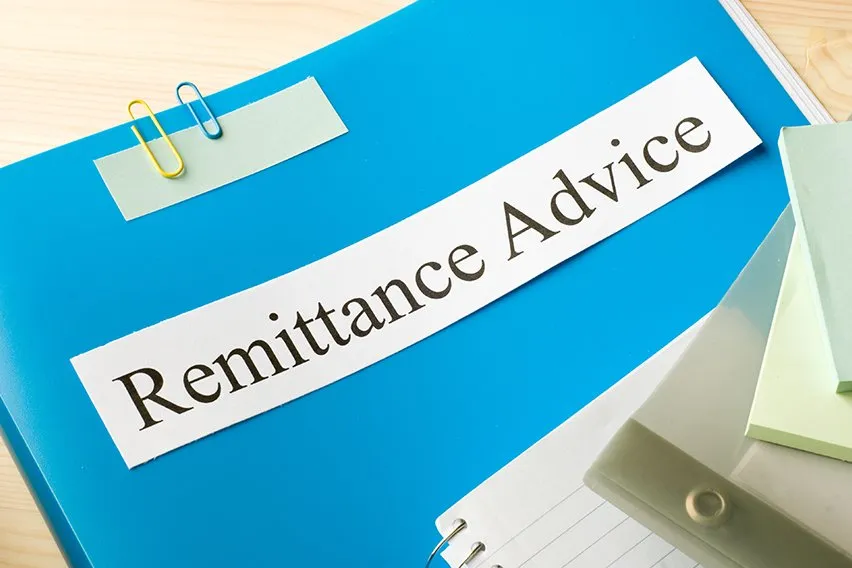 What Is a Remittance Advice Slip for Payments & How Does It Work?
What Is a Remittance Advice Slip for Payments & How Does It Work?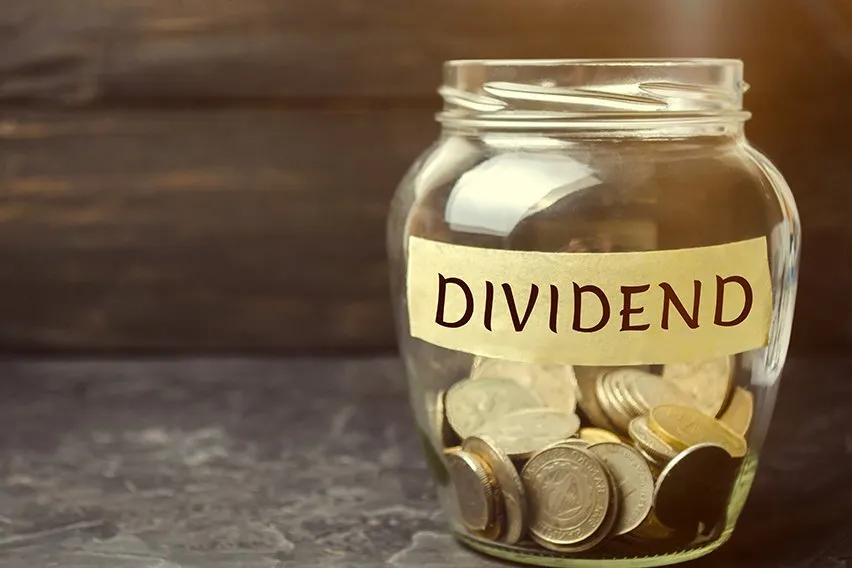 Dividend Policy: Definition, Types & Examples
Dividend Policy: Definition, Types & Examples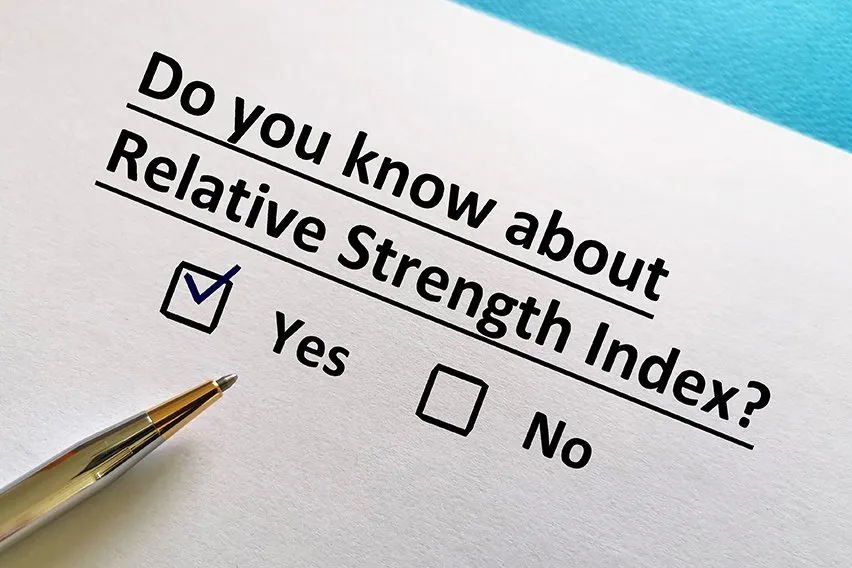 Relative Strength Index (RSI): Definition & Calculation Guide
Relative Strength Index (RSI): Definition & Calculation Guide What Is a Delivery Note? Everything You Need to Know
What Is a Delivery Note? Everything You Need to Know